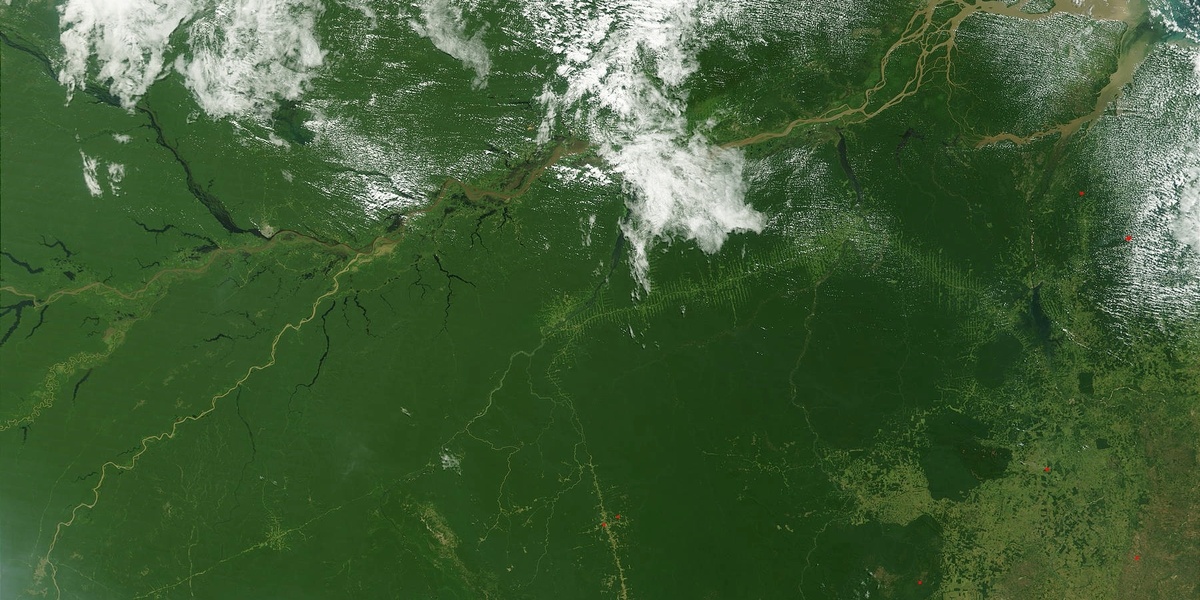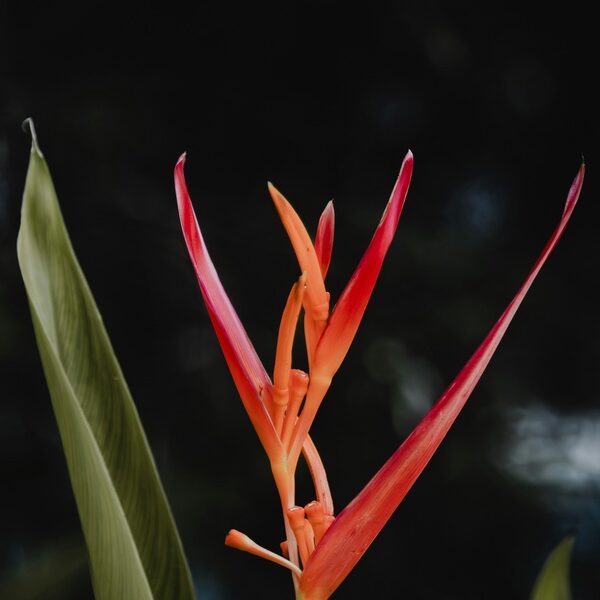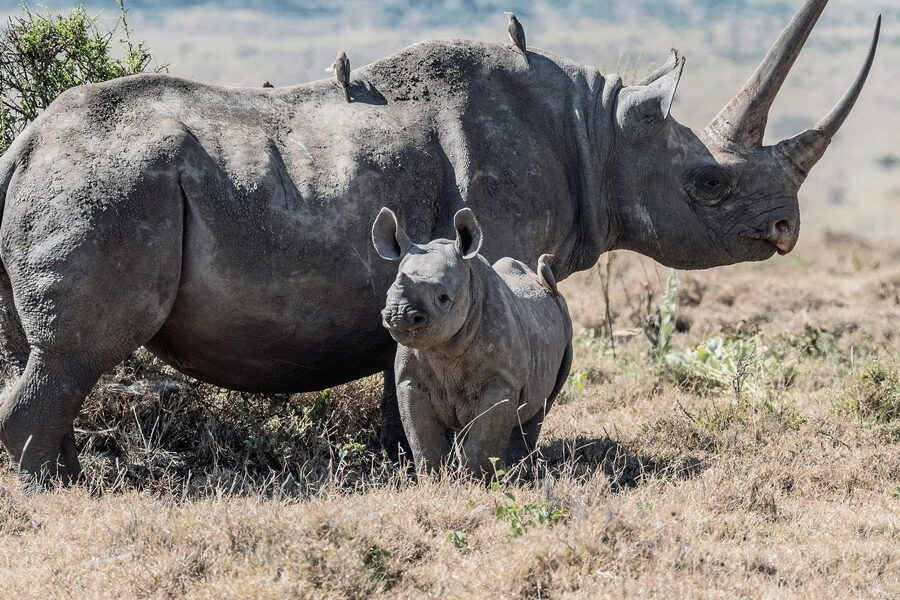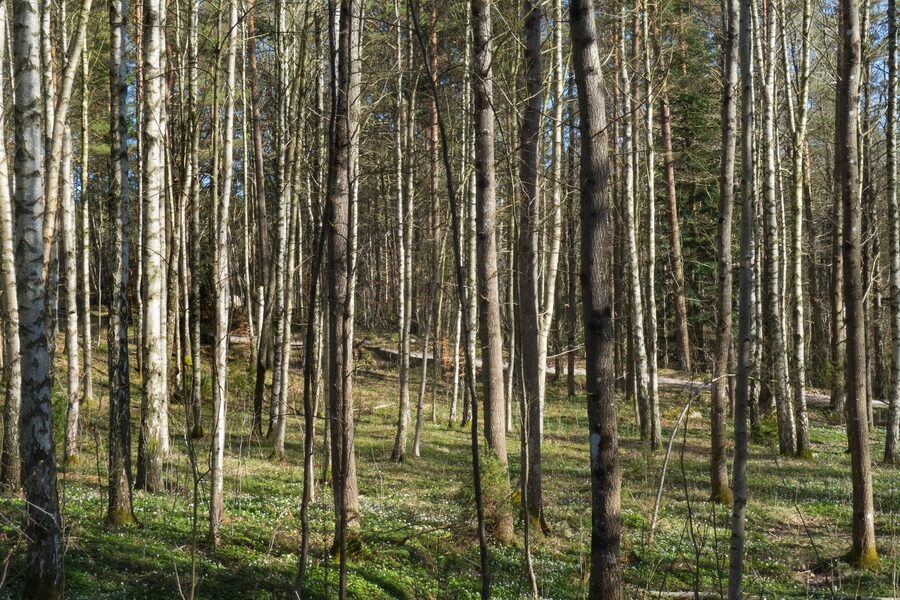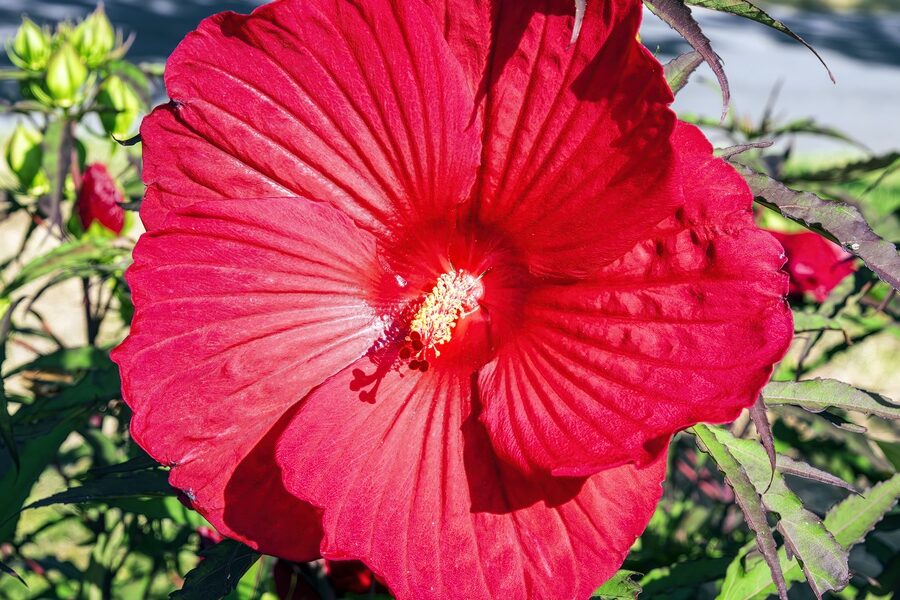The Amazon Rainforest is an ecological marvel, a vast, vibrant tapestry of life that plays a crucial role in the global ecosystem. Its incredible biodiversity extends far beyond its famed animal inhabitants, encompassing an astonishing array of plant species, many of which are found nowhere else on Earth, contributing significantly to its unparalleled natural beauty and environmental importance.
Delving into this botanical richness, you’ll find a curated list of amazon rainforest vegetation. Our comprehensive guide features exactly 41 unique species, showcasing the incredible variety from the fruit-bearing Abiu to the distinctive Walking palm. Each entry is organized with its Scientific Name, Plant Type, and Notable Use or Fact, providing a clear overview of these essential flora, which you’ll find detailed below.
What makes the Amazon Rainforest so biodiverse in plant life?
The Amazon’s immense plant biodiversity is primarily due to a combination of factors, including its vast size, stable warm and wet climate, and ancient geological history. The consistent rainfall and high temperatures provide ideal conditions for plant growth year-round, while millions of years of evolution without significant disturbance have allowed for speciation and adaptation into highly specialized niches, leading to an extraordinary number of unique plant species.
Amazon Rainforest Vegetation
| Plant Name | Scientific Name | Plant Type | Notable Use or Fact |
|---|---|---|---|
| Brazil nut | Bertholletia excelsa | Tree | Produces large edible nuts that are economically and ecologically important |
| Rubber tree | Hevea brasiliensis | Tree | Source of natural rubber; historically central to Amazonian economy |
| Kapok | Ceiba pentandra | Tree | Iconic emergent tree with fluffy seed fibers used for stuffing and cultural symbolism |
| Giant water lily | Victoria amazonica | Aquatic plant | World-famous giant floating leaves and large nocturnal flowers |
| Açaí palm | Euterpe oleracea | Palm | Fruit harvested for nutritious açaí berries, key to local diets and economy |
| Moriche palm | Mauritia flexuosa | Palm | Edible fruit and vital wetland habitat provider, supports diverse fauna |
| Walking palm | Socratea exorrhiza | Palm | Notable stilt roots that appear to “walk” and aid stability |
| Stilt-root palm | Iriartea deltoidea | Palm | Large tropical palm valued for durable cane and habitat structure |
| Tucumã | Astrocaryum aculeatum | Palm | Edible orange pulp and traditional uses for oil and fibers |
| Patawa | Oenocarpus bataua | Palm | Oil-rich fruit valued for food and local industry |
| Peach palm | Bactris gasipaes | Palm | Cultivated and wild varieties produce edible fruit and hearts of palm |
| Maripa palm | Attalea maripa | Palm | Large-seeded fruit used for food and oil, important wildlife resource |
| Cupuaçu | Theobroma grandiflorum | Tree | Closely related to cacao; prized for creamy, tangy fruit pulp |
| Cacao | Theobroma cacao | Tree | Wild populations are native to Amazon; source of chocolate |
| Ayahuasca vine | Banisteriopsis caapi | Vine (liana) | Central to traditional Amazonian ceremonial medicine and pharmacology |
| Chacruna | Psychotria viridis | Shrub | Leaf source of DMT in traditional ayahuasca brews |
| Guarana | Paullinia cupana | Climbing shrub | Seeds rich in caffeine used as stimulant and in beverages |
| Ucuuba | Virola surinamensis | Tree | Timber tree; seeds contain fatty oils used traditionally and commercially |
| Cow tree | Brosimum utile | Tree | Produces milky sap used as drink and emergency food by indigenous peoples |
| Rosewood (pau-rosa) | Aniba rosaeodora | Tree | Source of linalool-rich oil used in perfumery; conservation concern |
| Balsa | Ochroma pyramidale | Tree | Rapidly growing pioneer tree whose lightweight wood is widely used |
| Mahogany | Swietenia macrophylla | Tree | Highly valued timber species subject to overexploitation |
| Strangler fig | Ficus insipida | Tree | Keystone fruiting tree providing year-round food for birds and mammals |
| Cecropia | Cecropia peltata | Tree | Pioneer species with ant mutualisms; common in disturbed forest |
| Solitary açaí | Euterpe precatoria | Palm | Wild açaí species important for local harvest and biodiversity |
| Abiu | Pouteria caimito | Tree | Tropical fruit tree with sweet, translucent pulp native to Amazonian lowlands |
| Curare vine | Strychnos toxifera | Vine (liana) | Source of alkaloids historically used for arrow poisons (curare) |
| Camu camu | Myrciaria dubia | Shrub/tree | Small fruit rich in vitamin C harvested from floodplains |
| Andiroba | Carapa guianensis | Tree | Oil from seeds used medicinally and as insect repellent; durable timber |
| Breu tree | Protium heptaphyllum | Tree | Produces aromatic resins used culturally and commercially as incense and varnishes |
| Spanish cedar | Cedrela odorata | Tree | Valuable timber for furniture and musical instruments |
| Tonka tree | Dipteryx odorata | Tree | Seeds (tonka beans) used for fragrance and flavoring; strong wood |
| Monkey pot | Lecythis pisonis | Tree | Large woody fruits with edible seeds eaten by animals and people |
| Cannonball tree | Couroupita guianensis | Tree | Striking flowers and spherical fruits with cultural and ecological roles |
| Calophyllum | Calophyllum brasiliense | Tree | Timber and medicinal uses; evergreen canopy species in wet sites |
| Sandbox tree | Hura crepitans | Tree | Toxic latex and explosive seed pods; known as a cautionary pioneer species |
| Cat’s claw | Uncaria tomentosa | Liana | Traditional medicinal vine used for inflammation and immune support |
| Hog plum | Spondias mombin | Tree | Edible tart fruit used fresh, in preserves and local remedies |
| Gustavia | Gustavia superba | Tree | Showy flowers and large seeds loved by rodents and wildlife |
| Cuvie (Eschweilera) | Eschweilera coriacea | Tree | Dominant canopy tree in many Amazonian forests; hard, long-lived timber |
| Ice-cream bean | Inga edulis | Tree | Sweet, edible pulp around seeds used fresh and in agroforestry |
Images and Descriptions
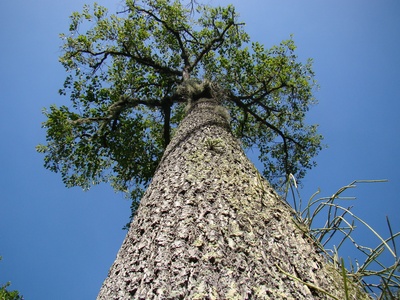
Brazil nut
Massive canopy tree with heavy seed-filled fruits; Brazil nuts feed wildlife and people, are harvested sustainably by local communities, and indicate old-growth forest health across Amazonian floodplain and terra firme habitats.
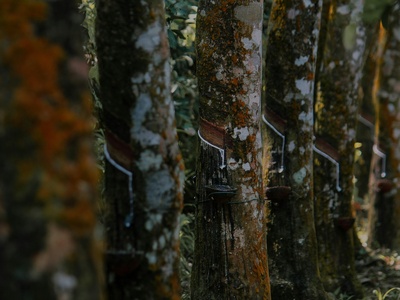
Rubber tree
Tall latex-producing tree native to Amazonian forests; tapped for rubber, it shaped regional history and supports wildlife; typically found in terra firme forests and regenerating areas where it can reach a straight, light-colored trunk.
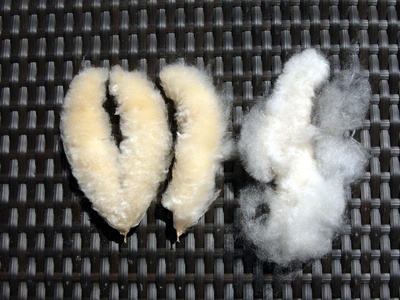
Kapok
Towering emergent tree with buttressed trunk and explosive seed pods full of silky kapok fibers; provides nesting sites for birds, rises above the canopy and is sacred in many Amazonian cultures.
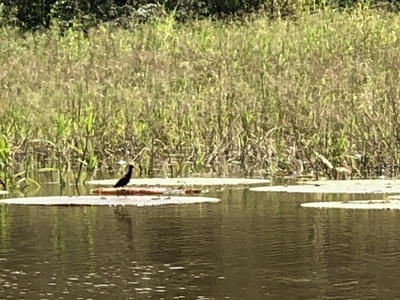
Giant water lily
Spectacular aquatic plant with circular leaves up to two meters across and scented night-blooming flowers; dominates calm oxbow lakes and flooded lagoons, providing habitat for insects and fish-stage interactions.
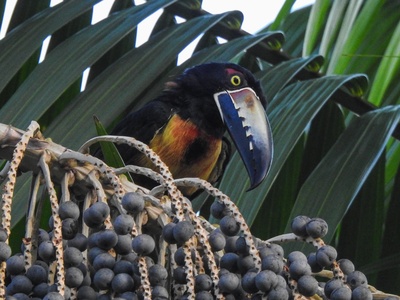
Açaí palm
Slender, clustering palm of floodplain and swampy forests producing deeply purple berries widely eaten fresh or processed; supports riverine livelihoods and attracts birds and mammals to its fruiting bunches.
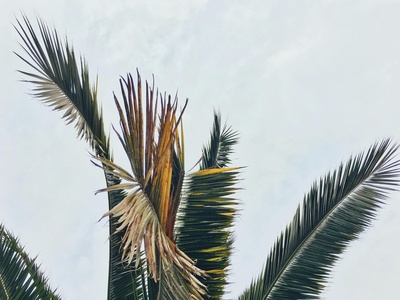
Moriche palm
Swamp-loving palm with dense skirts of fruit that feed wildlife and people; forms groves (buritizais) that stabilize soils, filter water and provide fibers, food and shelter in flooded and riparian habitats.
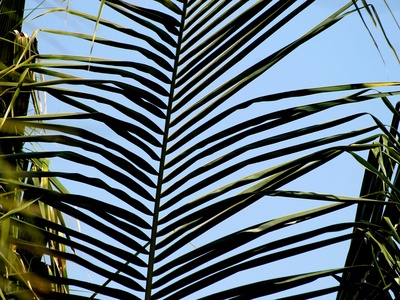
Walking palm
Elegant palm with tall, slender trunk and conspicuous stilt roots; common in lowland rainforest understory, adaptations help anchor in soft soils and may assist in resilience to disturbance.
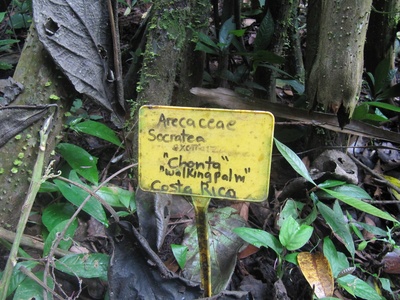
Stilt-root palm
Tall, single-stem palm with prominent stilt roots and a crown of pinnate leaves; stems used for construction and agroforestry, while palms are keystone elements in many Amazonian forest stands.
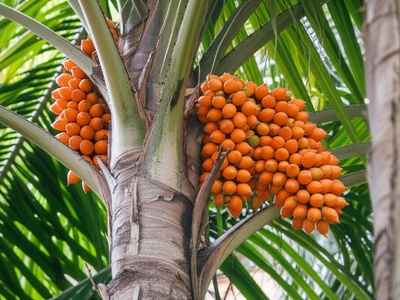
Tucumã
Spiny palm with clustered trunks and oblong fruits containing oily, orange pulp eaten fresh or processed; seeds and fibers are used locally and fruits are a wildlife food source in flooded and terra firme forests.
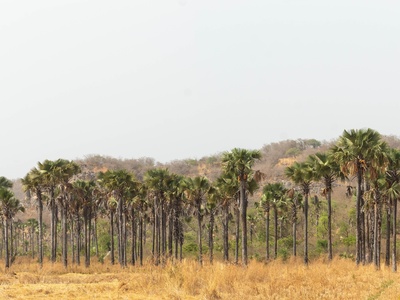
Patawa
Tall palm producing dense bunches of oily fruits resembling small dates; fruit pulp is processed into edible oil and sustains birds, primates and people across swampy and terra firme regions.
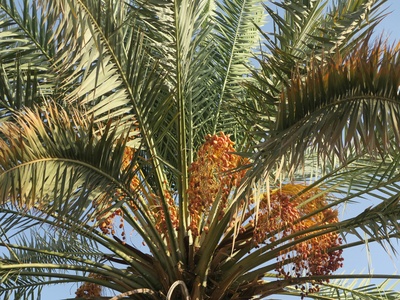
Peach palm
Spiny palm domesticated by Amazonian peoples; produces starchy, orange fruits and edible palm hearts; grows in diverse forest types and is also an important agroforestry species.
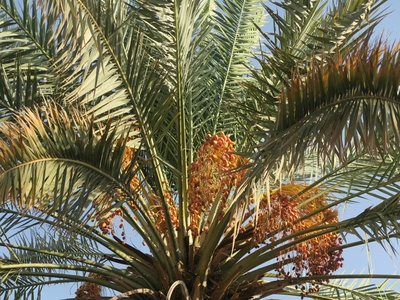
Maripa palm
Massive solitary palm bearing heavy clusters of large fruits with oily seeds; fruits feed rodents and primates while seeds and oil are used by local communities across Amazonian forests.
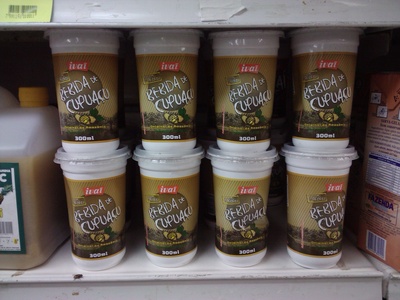
Cupuaçu
Understory to subcanopy tree producing large, fragrant fruits with creamy pulp used in sweets, drinks and cosmetics; thrives in moist Amazonian forests and supports regional food traditions.
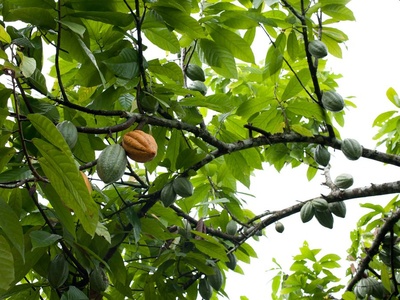
Cacao
Small understory tree native to Amazonian forests with pod-like fruits containing cacao beans; wild trees are part of forest diversity and were domesticated here for the global chocolate trade.
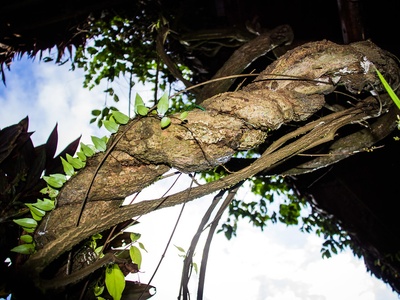
Ayahuasca vine
Woody liana that forms dense tangles in the understory and canopy; stems are brewed into sacred ayahuasca decoctions used in shamanic healing and spiritual ceremonies across the region.
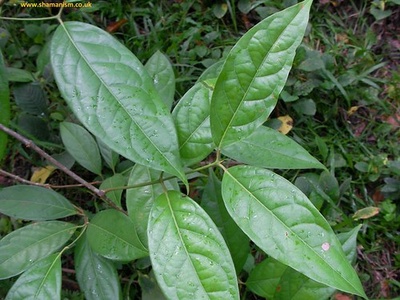
Chacruna
Evergreen understory shrub whose leaves combine with B. caapi in sacred ayahuasca preparations; common in shaded forest understory and culturally significant for Amazonian indigenous and mestizo groups.

Guarana
Vigorous climbing plant found along riverbanks and forest edges with seed pods yielding highly caffeinated seeds; cultivated local use for energy drinks and traditional stimulants traces back to Amazonian origins.
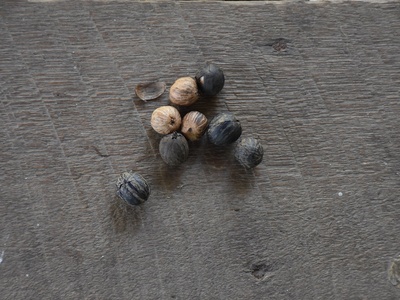
Ucuuba
Large emergent or canopy tree with buttresses and large fruits; seeds yield oil used as insect repellent and in cosmetics, while timber is harvested—populations are important in floodplain and terra firme forests.

Cow tree
Medium to large tree with smooth bark and edible milky latex historically drunk as “milk tree” sap; provides fruits, timber and shade in terra firme forests, often in secondary growth.
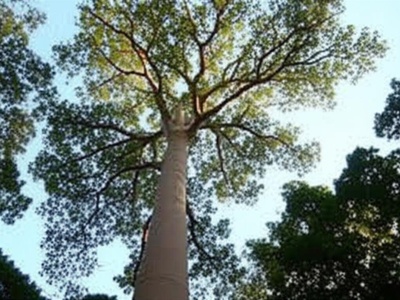
Rosewood (pau-rosa)
Fragrant canopy tree valued for rosewood oil used in perfumes; overharvesting has reduced populations, making it a symbol of sustainable forest management needs in Amazonia.
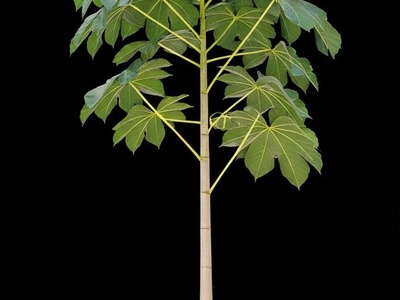
Balsa
Fast-growing pioneer with large palmate leaves and soft, buoyant wood used globally as balsa; commonly colonizes disturbed sites and plays a role in early forest regeneration.

Mahogany
Large canopy tree producing durable hardwood prized for furniture and construction; selective logging has diminished populations although it remains a prominent species in intact Amazonian forests.
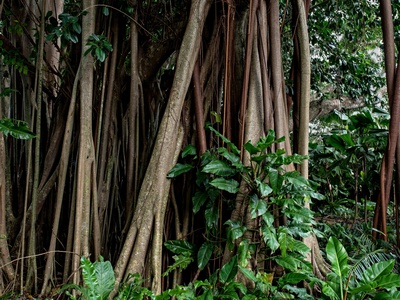
Strangler fig
Fast-growing fig that often begins as an epiphyte and envelops hosts; produces copious figs that sustain frugivores during lean periods and help disperse other forest plants.
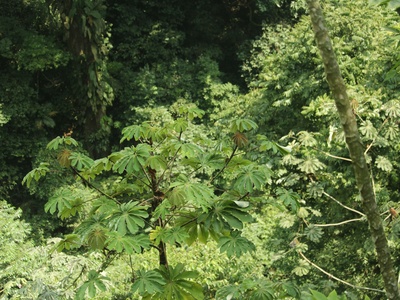
Cecropia
Light-demanding, fast-growing tree with umbrella-like leaves; often colonizes gaps and supports Azteca ants in mutualistic relationships, shaping successional dynamics in secondary Amazonian forests.
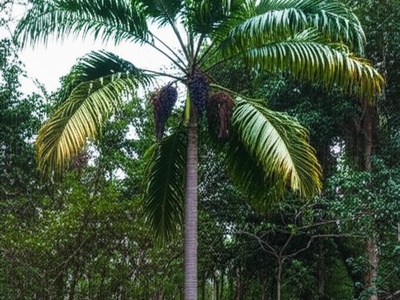
Solitary açaí
Single-stem palm producing small dark berries similar to cultivated açaí; abundant in upland and floodplain forests, it supplies fruit to wildlife and local communities beyond commercial plantations.
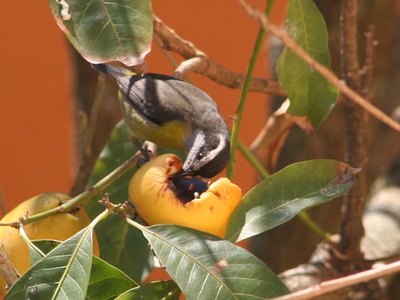
Abiu
Medium understory tree bearing smooth-skinned fruits with sweet, jelly-like flesh; found in native stands and flooded forests, contributing to forest food webs and local diets.
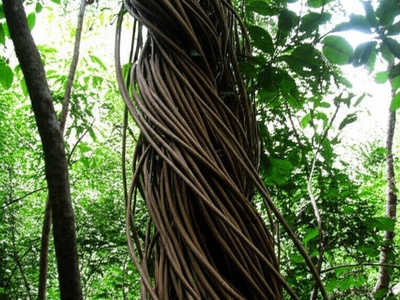
Curare vine
Stout woody liana containing potent alkaloids used traditionally to produce curare blowpipe poisons; inhabits terra firme forests and exemplifies the pharmacological importance of Amazonian plants.
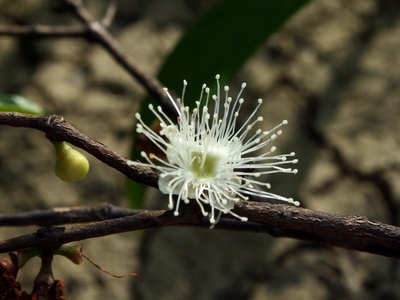
Camu camu
Low shrub or small tree found in várzea floodplains, producing tart red fruits packed with vitamin C; used locally and increasingly in nutraceutical products while supporting aquatic-edge biodiversity.
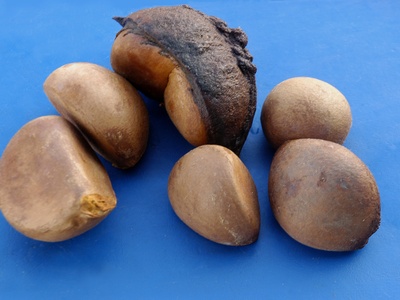
Andiroba
Canopy tree producing large capsules of oily seeds; seed oil is prized in traditional medicine and skincare, while wood and seeds are economically important for riverine communities.
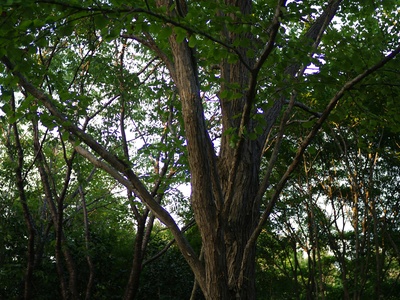
Breu tree
Canopy to subcanopy tree in Burseraceae producing fragrant resins collected for rituals, incense and varnish; common in terra firme forests and valued for its aromatic products.
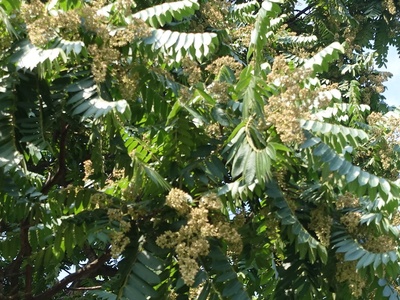
Spanish cedar
Large canopy tree yielding elegant, aromatic wood prized in cabinetry and instrument-making; historically logged across Amazonia, its sustainable management remains a conservation priority.
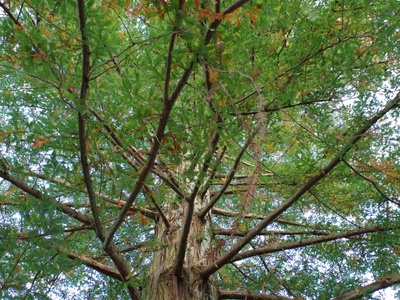
Tonka tree
Sturdy canopy tree producing pods with fragrant tonka beans used in perfumery and culinary flavoring; timber is heavy and durable, and the species plays an ecological role in mature forests.
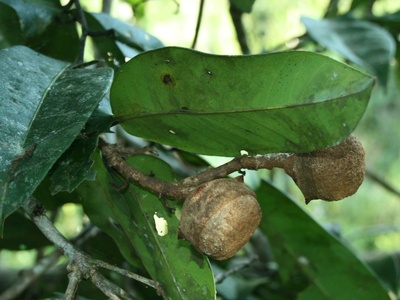
Monkey pot
Canopy tree with distinctive woody “pot” fruits that split to reveal edible seeds; supports diverse wildlife, including seed predators and dispersers, and is a familiar feature of Amazonian forests.
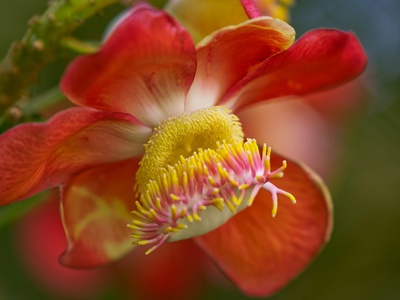
Cannonball tree
Showy, fragrant flowers borne on the trunk and massive woody fruits; attracts pollinators and fruit-eating mammals, often planted near villages but also native to moist Amazonian forest landscapes.
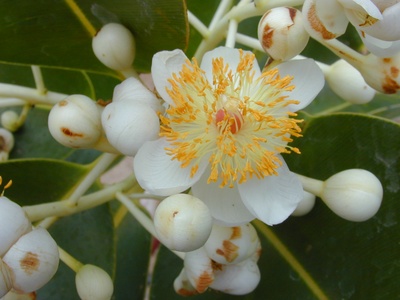
Calophyllum
Evergreen tree with glossy leaves and dense growth found along waterways and swampy areas; bark and seed extracts are used in traditional medicine, and timber is used locally.
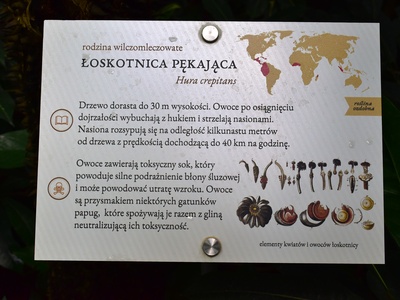
Sandbox tree
Medium to large tree with poisonous latex and dramatic cannon-like seed dispersal; colonizes disturbed soils, supports specialized fauna and highlights chemical defenses common in Amazonian flora.
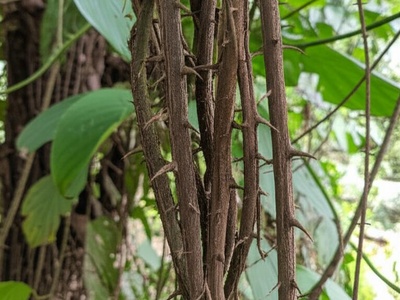
Cat’s claw
Woody climbing vine with hook-like thorns used in traditional Amazonian medicine; bark and root extracts are sought for anti-inflammatory and immune-modulating properties in local health practices.
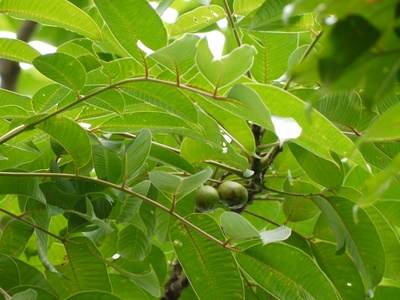
Hog plum
Small to medium tree producing oblong, tangy fruits eaten fresh or made into jams; common at forest edges and secondary growth, attracting birds and mammals that help disperse seeds.
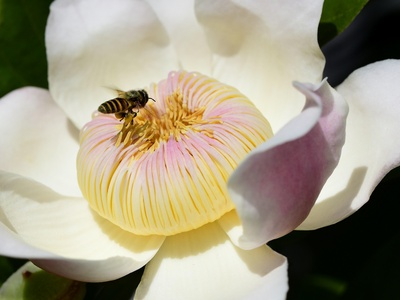
Gustavia
Understory to subcanopy tree with spectacular, waxy flowers and fleshy fruits; seeds are an important food source for agoutis and other forest animals, supporting seed dispersal networks.
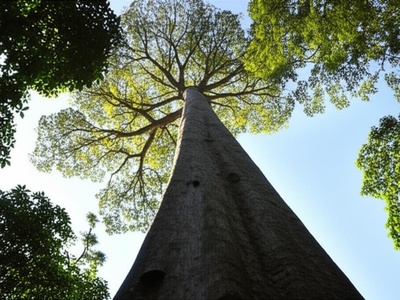
Cuvie (Eschweilera)
Robust canopy species in Lecythidaceae with dense wood and large trunks; forms part of stable, old-growth communities and supports complex canopy ecosystems over centuries.
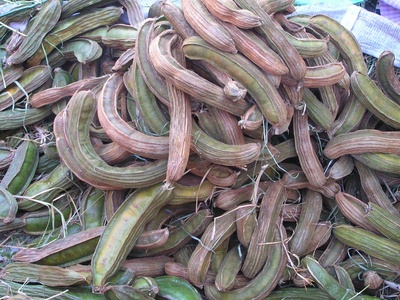
Ice-cream bean
Fast-growing leguminous tree producing long pods filled with sweet cottony pulp; commonly planted and tolerated in secondary forests, fixes nitrogen and provides shade in agroforestry systems.
